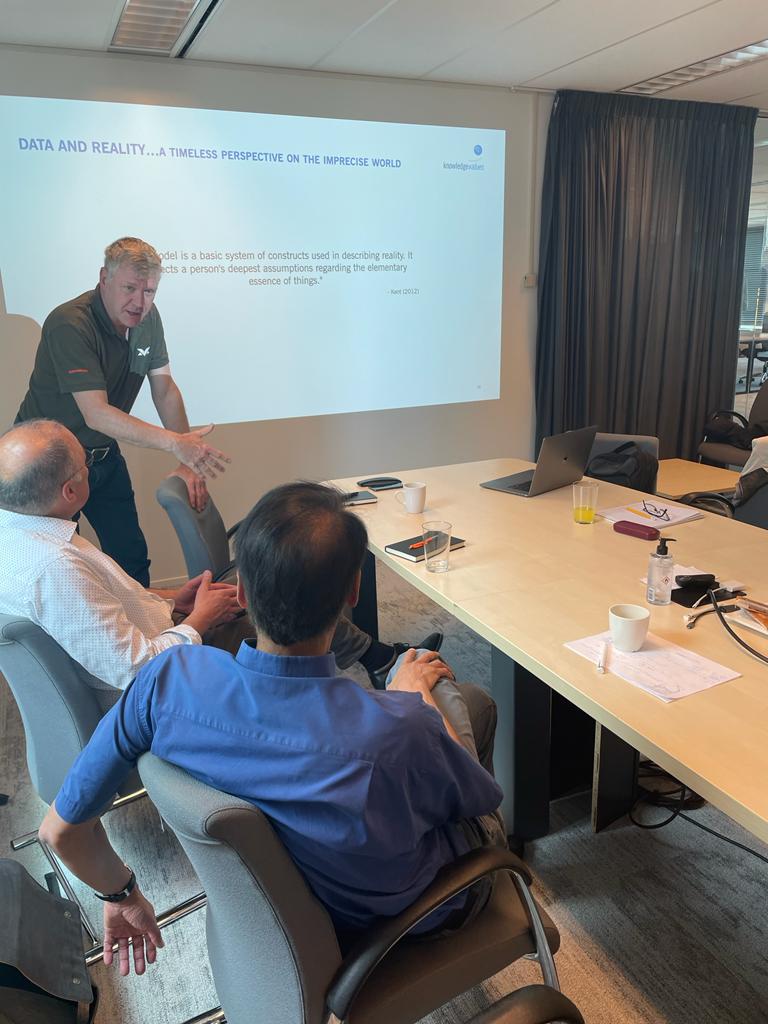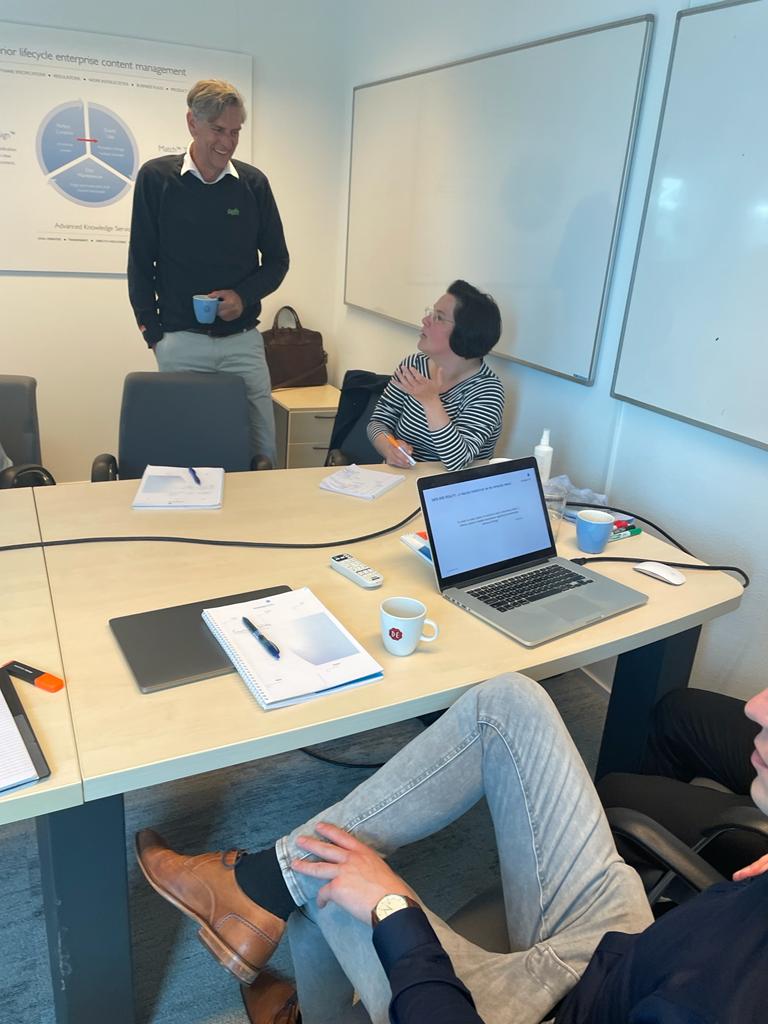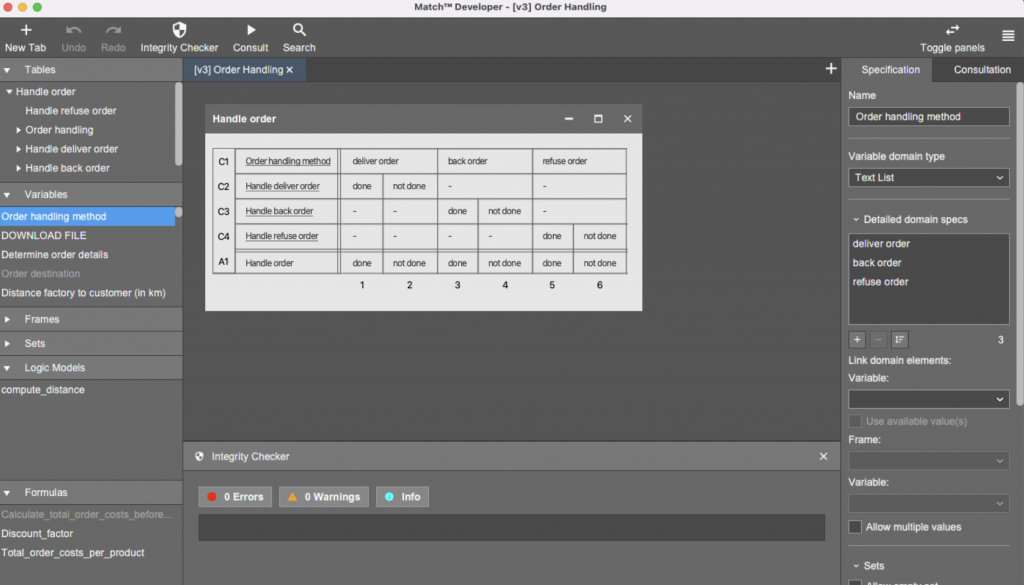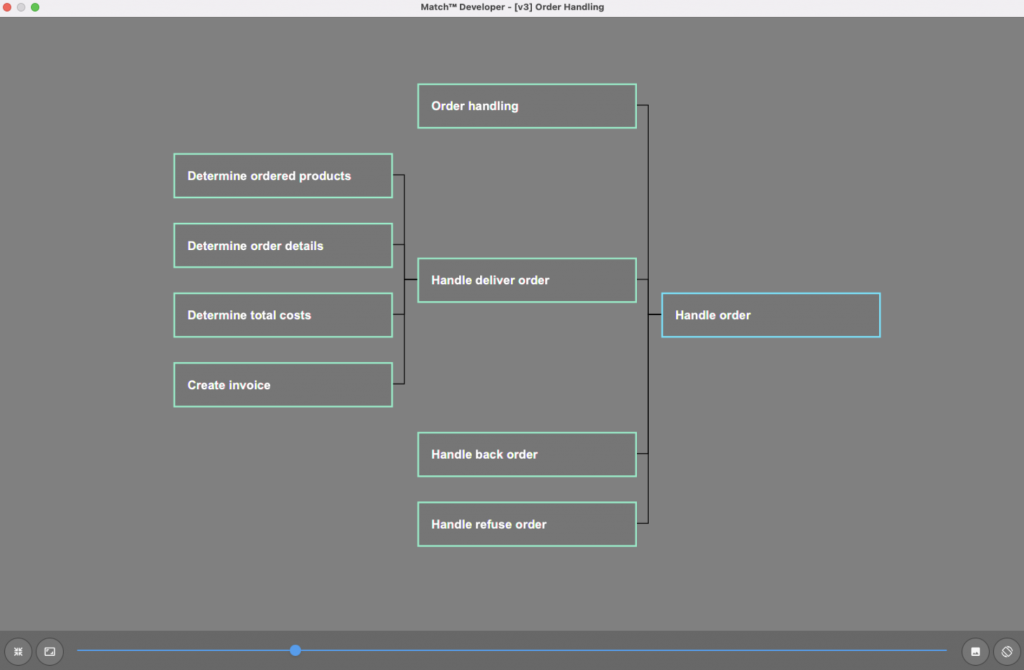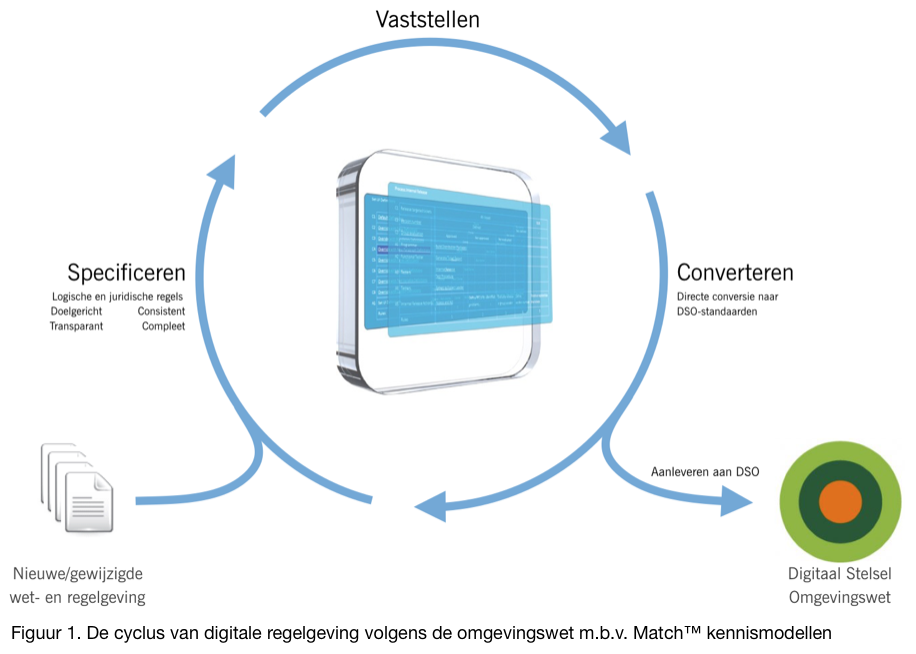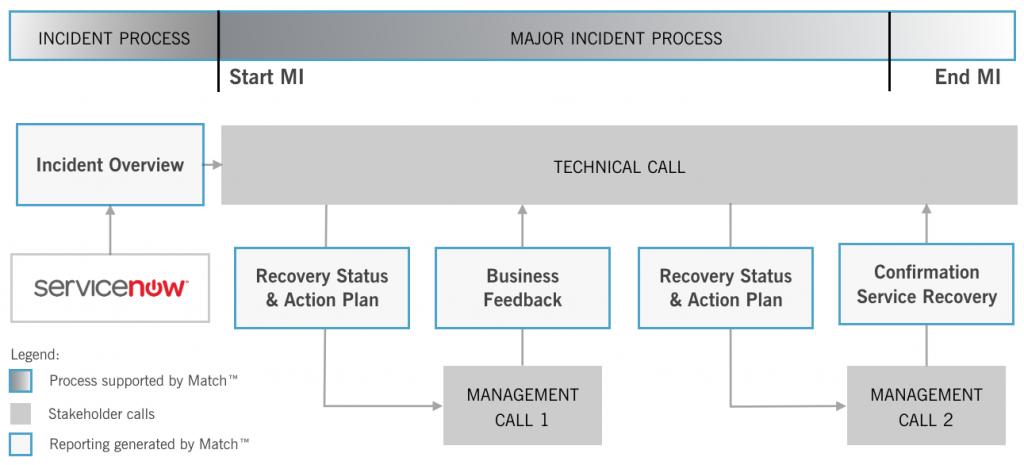
Data and compliance challenges
In the knowledge economy, banks need to automate their processes and ensure quality data services. Customers and regulatory authorities are becoming more demanding and the life cycles of regulatory schemes are getting shorter. The increasing rates of change of requirements on data transparency, regulatory reporting and access to liquidity sources are putting enormous pressure on European financial institutions. Banks allocate vast amounts of resources for automation and compliance and at the same time face legacy systems that do not have the flexibility to smoothly automate processes or produce “ready-to-consume” data. There is an urgent need for advanced data transformations to conciliate these dynamic data requests.
The Match™ AI and data platform
To flawlessly automate the private banking process, one of the largest Dutch banks is now investing in the Match™ Platform. Recently, the communication with risk profiling services was automated using Match™. Through smart connections, the bank managed to eliminate a two-phased, manual, error-prone process. What used to be an integral part of the daily work of a few hundred employees, is now replaced by transparent, well-specified instructions that are automatically executable.
Amongst the results are reduction of request handling time, improved accuracy, better risk mitigation, and an overall cost decrease. The Match™ AI and Data Platform supports the bank to control the complexity of automation and data transactions. Without coding, the technology suite makes it possible to build business fluid applications and perform advanced data transformations.
The Match™ Platform enables easy development and maintenance of domain-specific knowledge bases in a user-friendly way. With this accomplishment, the innovative bank team expects further excelling customer and employee satisfaction rates.
“The bank will move forward to the next levels of digital transformation and compliance. It will continue to manage its intellectual capital and control its enterprise logic and data through the Match™ Platform.” – Product owner bank
Investment advice Wft compliant
By specifying the regulations of the Wft (Law financial supervision), the bank created a robust, intelligent application without programming (!) that transforms investment data into a visually appealing dashboard.
Main functions of this Know Your Customer (KYC) application:
- Determine income, assets and investing capabilities;
- Formulate a detailed investor profile based on the client’s input;
- Assess investment objectives and level of risk appetite of the client;
- Create an overview of investment scenarios based on different predictions of future market performance.
Successful bank implementation
The KYC application is seamlessly connected to the system responsible for the selection of appropriate risk profiles. Manual, error-prone steps are removed. The result is a transparent process that is compliant with the Wft. Users are happy to have the flexibility to cope with current and future regulations.
Future-proof solutions today
The adaptability of the Match™ Platform – powered by a smart AI inference machine – allows for quick, accurate and controlled transformation of data. Analysis and reporting processes benefit from consumable data yielded by sophisticated transformations. Match™ offers a complete data solution that covers every step of digitising complex processes up to transforming big data chunks into valuable insights.
The AI solution is operational in the bank. Using the Match™ platform of the Amsterdam-based company Knowledge Values, the bank manages complex automation and smoothly integrates regulations with access-controlled distribution through the enterprise. The bank will continue to manage relevant business logic and capitalise the business value and its intellectual capital using Match™.


